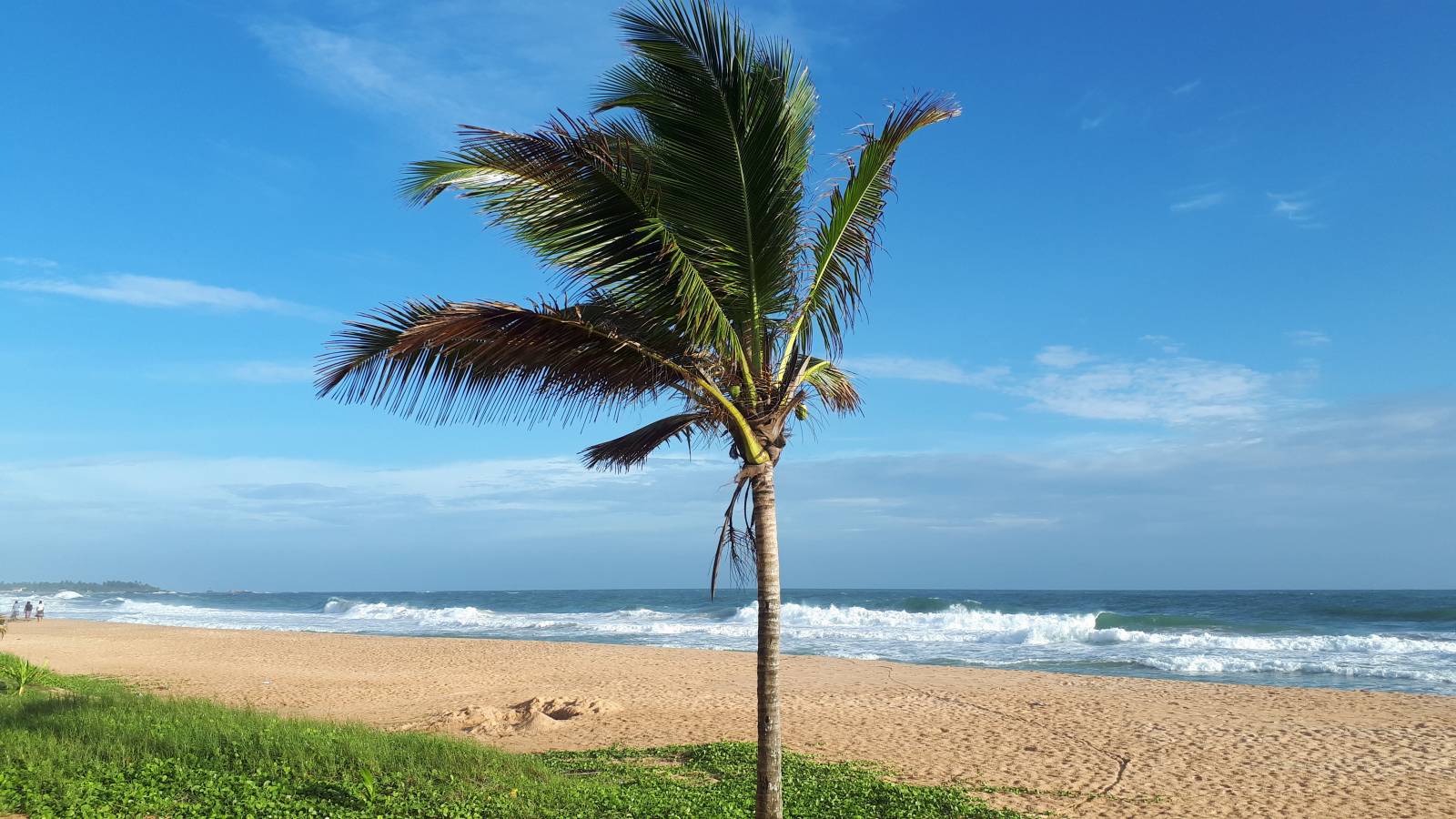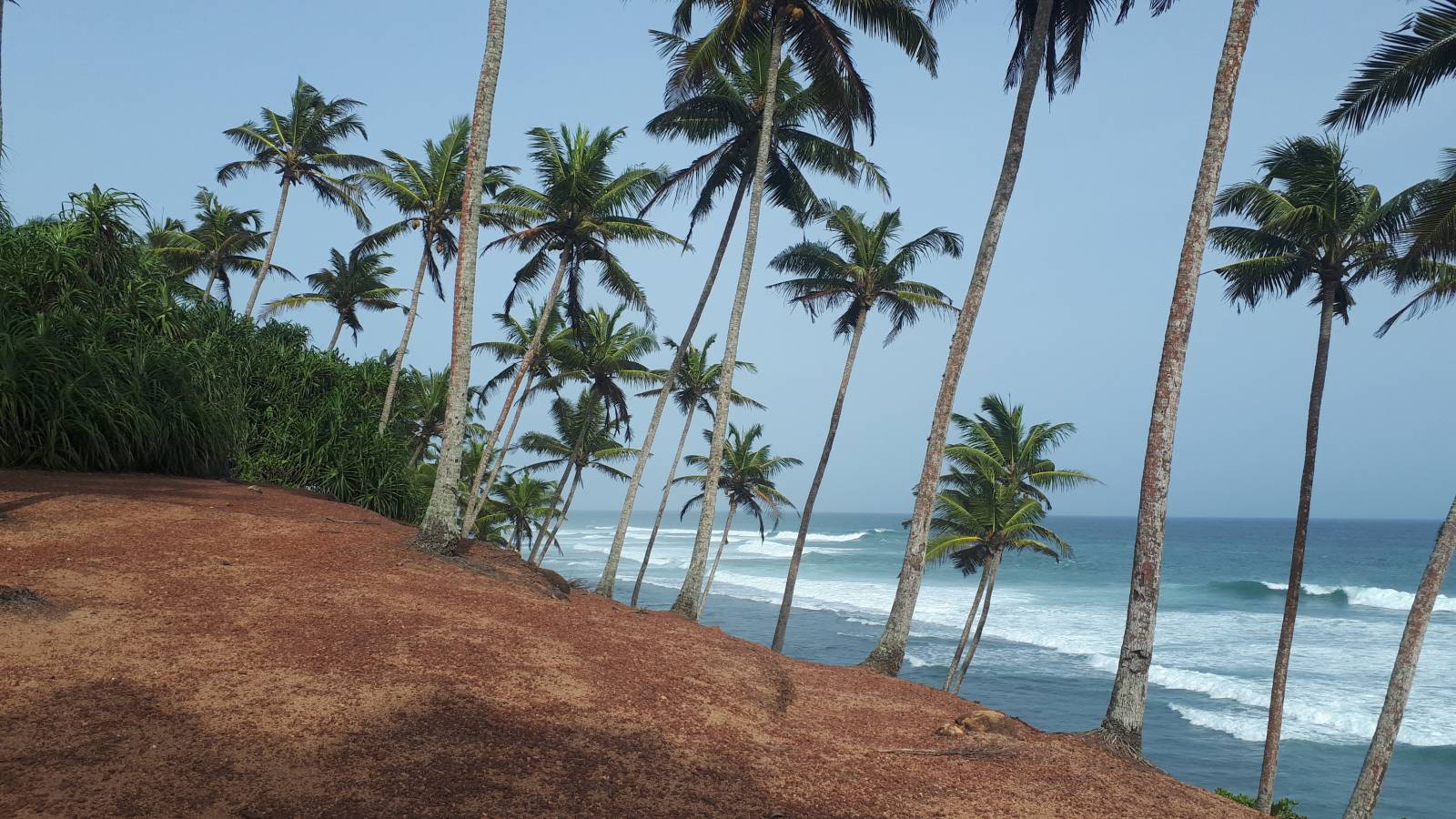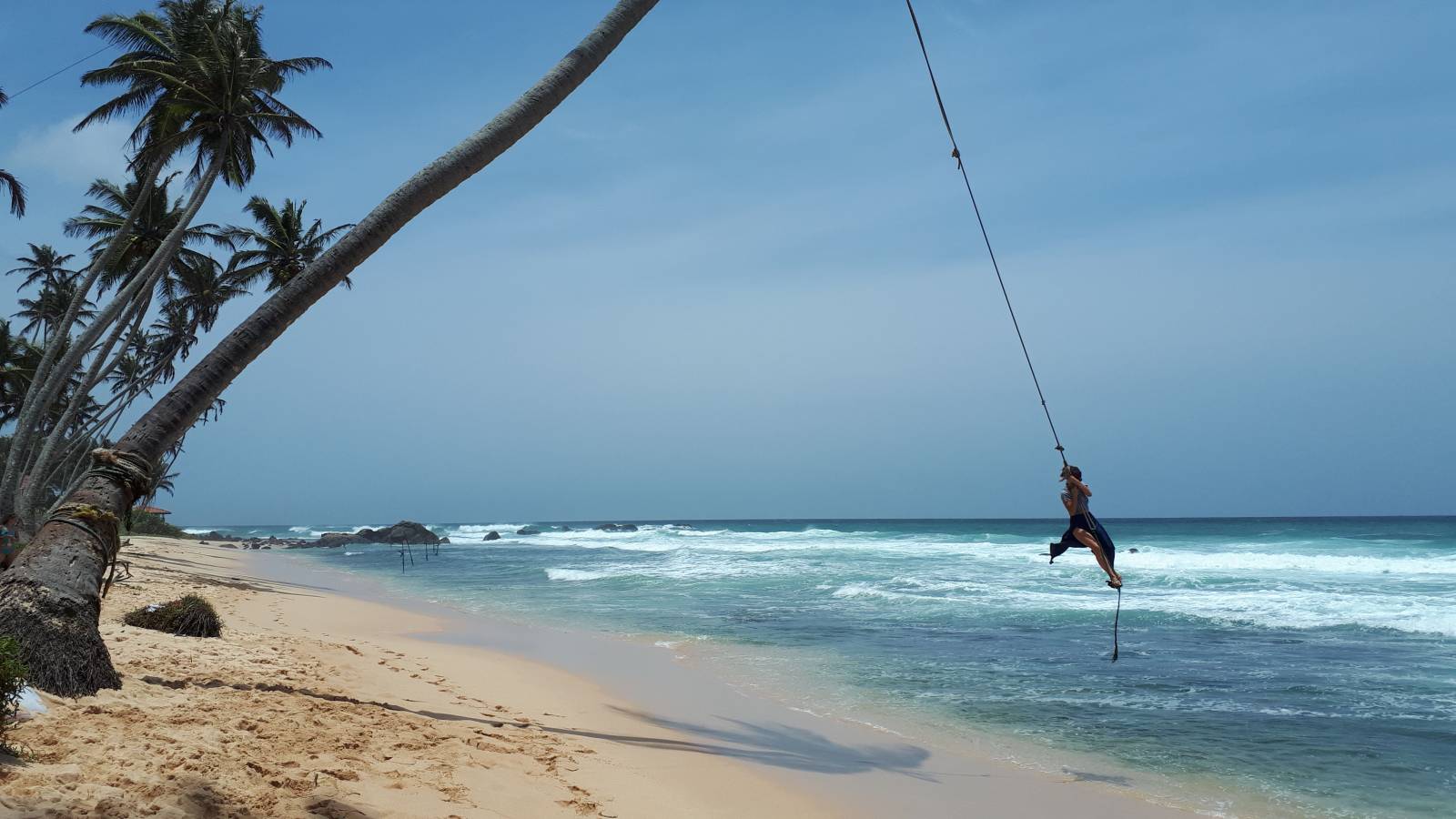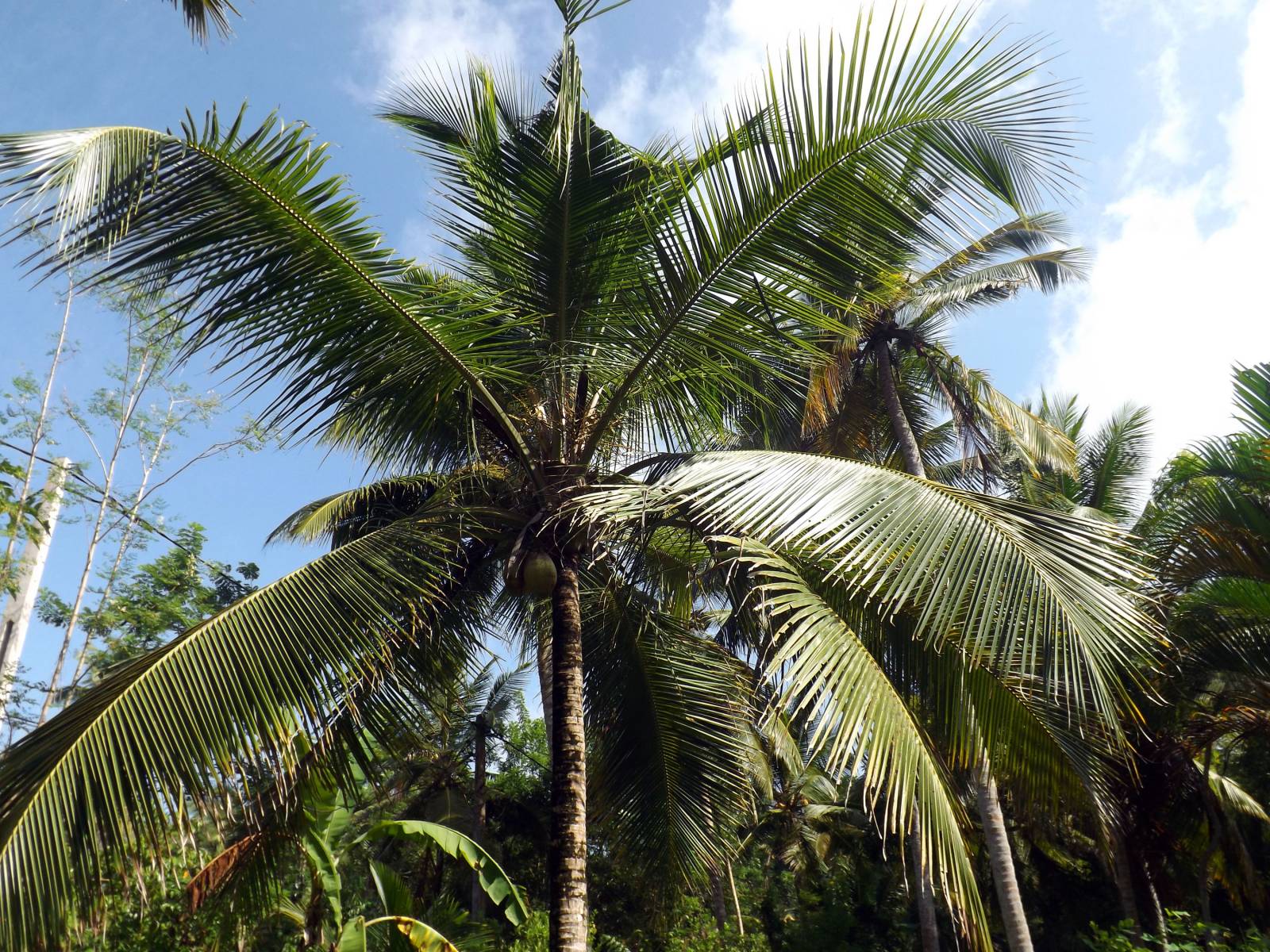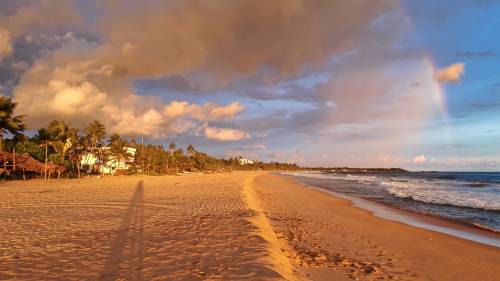Coconut palms are considered a source of life in Sri Lanka. In 2010, the government banned cutting them down without special permission, and residents were given free sprouts to plant on their plots.
Each, without exception, part of this tree was used. You've probably heard about the production of coconut oil, milk, shavings, many have tried coconut water and dishes made from the pulp. Palm leaves are used to weave roofs, jewelry and handbags. The shells are used to make authentic brown dishes. We even bought a coconut ladle. But what about 5 more not-so-known uses?
Coir
These are the fibers that make up the layer between the hairy brown nut that we see in the store and its peel.
Filling for orthopedic mattresses is made from coir, weave mats, ropes, and coarse fabrics. The material is absolutely not susceptible to rotting and does not harbor bacteria, fungi and dust mites.
Coconut apple
It turns out if you germinate a coconut. The endosperm, aka the water that we drink through a straw, hardens during germination and forms a core that is shaped like an apple and tastes like marshmallow. Desserts are prepared from it or eaten raw.
Coconut substrate
They make it by grinding nut shells into shavings and pressing them into briquettes. It is used as an independent soil or added to the ground as fertilizer.
Coconut pearls
Brown coconut has 3 recesses (pores). As a rule, 2 of them are dense, and the third is soft, a new palm tree grows through it. But for every few thousand coconuts, there is one with 3 eyes tightly closed. Then the sprout remains inside and is covered with frozen layers of endosperm. A person who opens such a nut will see inside a beautiful white pearl the size of a small cherry. This is the only stone in the world that is of plant origin, which makes it especially valuable to jewelers. True, someone says that coconut pearls are an invention of marketers to sell more coconuts.
Millionaire salad
Preparing… No, not from gold rolled in diamonds, but from a heart of palm with onions, tomatoes, herbs and seafood. The name rather hints at the price, which not everyone can afford:)
Heart — This is the pith of a coconut tree trunk that is at least 7 years old. To prepare such a delicacy, the tree literally gives its life. The dish is considered national on the island of Mauritius. Such delights have not reached Sri Lanka, probably because you can’t just cut down a palm tree here.
Did you know about such things? Have you tried something?)
Let's supplement the article with more well-known facts about coconuts and coconut palms:
Perennial giants: Coconut palms can reach heights of up to 30 meters and have long trunks. They can live and bear fruit for more than 100 years.
Gift from Nature: The coconut tree is called the “tree of life” because of the various uses of its parts. From the roots to the tops, almost every part of this tree is useful.
Fruiting: The coconut tree begins to bear fruit approximately 6-10 years after planting and can bear fruit for up to 80-100 years.
Water conservation: Coconut trees are very efficient in consuming water. They are able to grow in salty soil and withstand long periods of drought.
Coconut Oil: Coconut oil is produced from the fruit of coconut palms, which is widely used in cooking, cosmetic products and medicinal applications.
Nutrition Value: Coconut milk and pulp are rich in nutrients such as fats, vitamins and minerals. They are also a good source of food for people and animals in tropical regions.
Housing for Many Species: Coconut palms provide shelter and food for many species of animals and insects, including monkeys, birds, beetles and bats.
Important to Coastlines: Coconut palms often grow along coastlines and help protect coastlines from erosion by holding soil with their roots.
Sea Travel: Coconuts can float on water for long periods of time, allowing them to spread between islands and shores, sometimes causing a phenomenon known as "coconut drift".
Cultural Significance: Coconut palms have deep cultural significance in tropical countries, where they are used in religious and ceremonial practices and symbolize wealth and abundance.
Versatility: Furniture and decor made from coconut palm can be used both indoors and outdoors. They are resistant to moisture and sunlight, which makes them popular in tropical climates.






